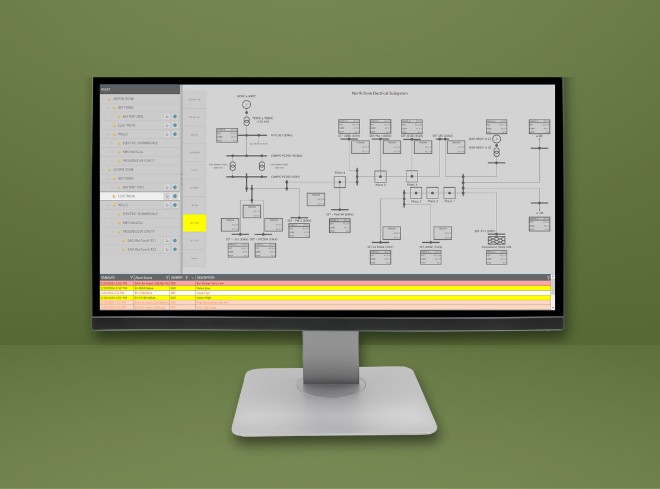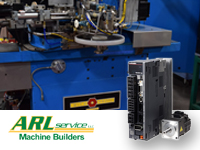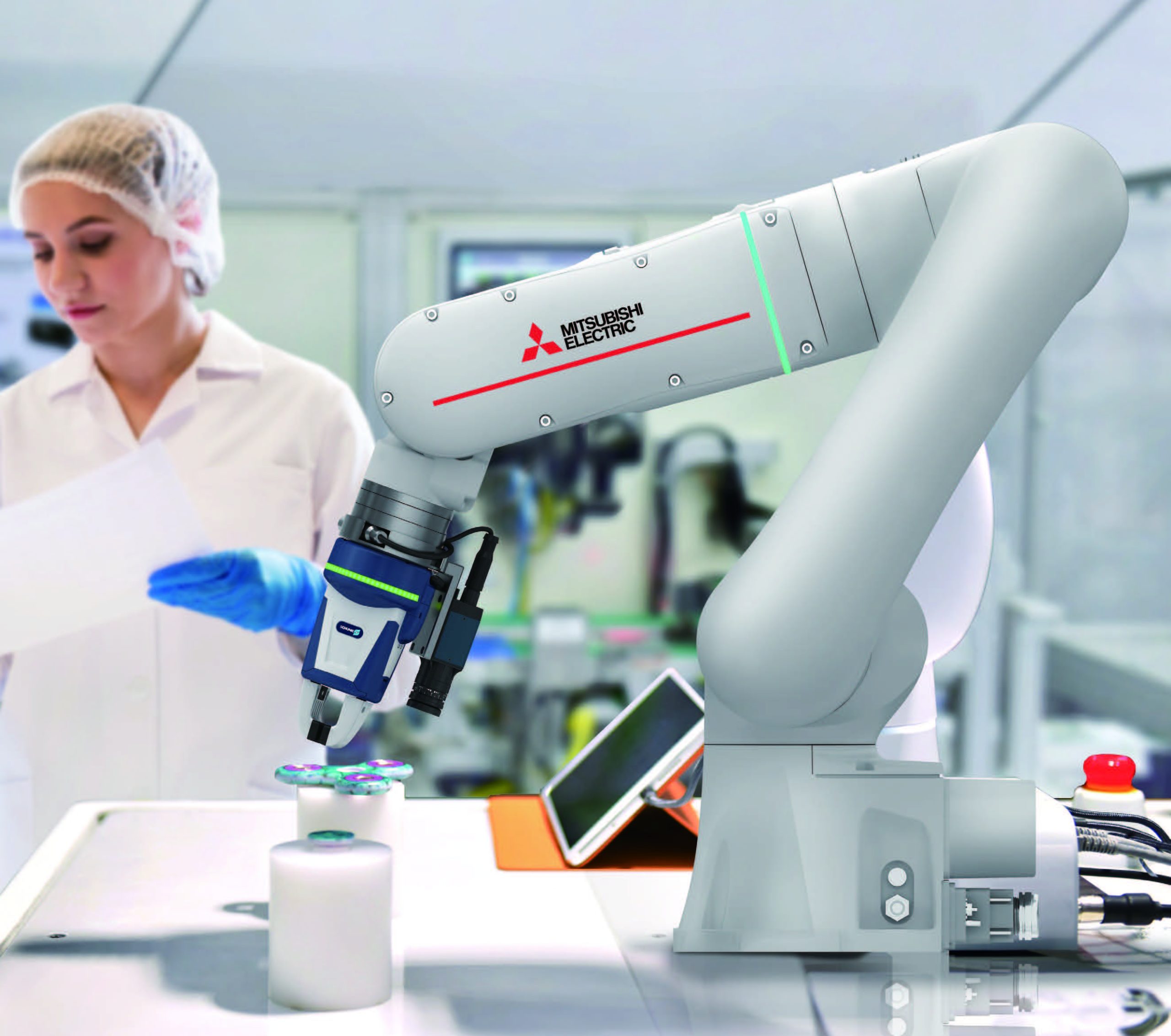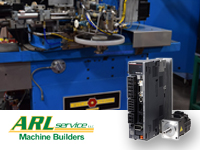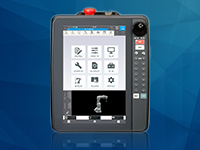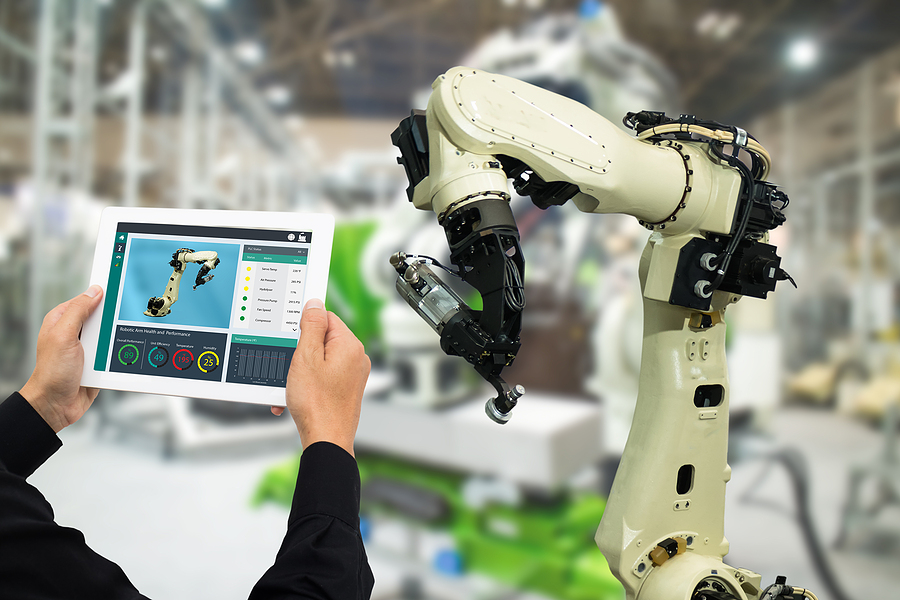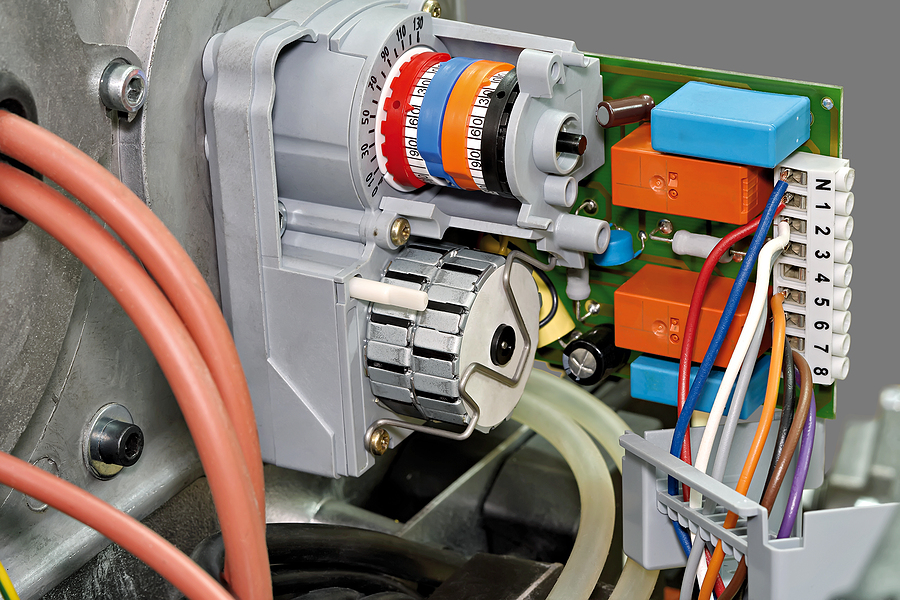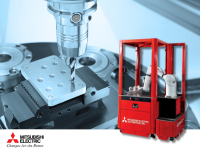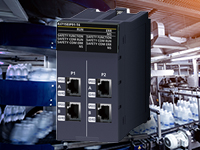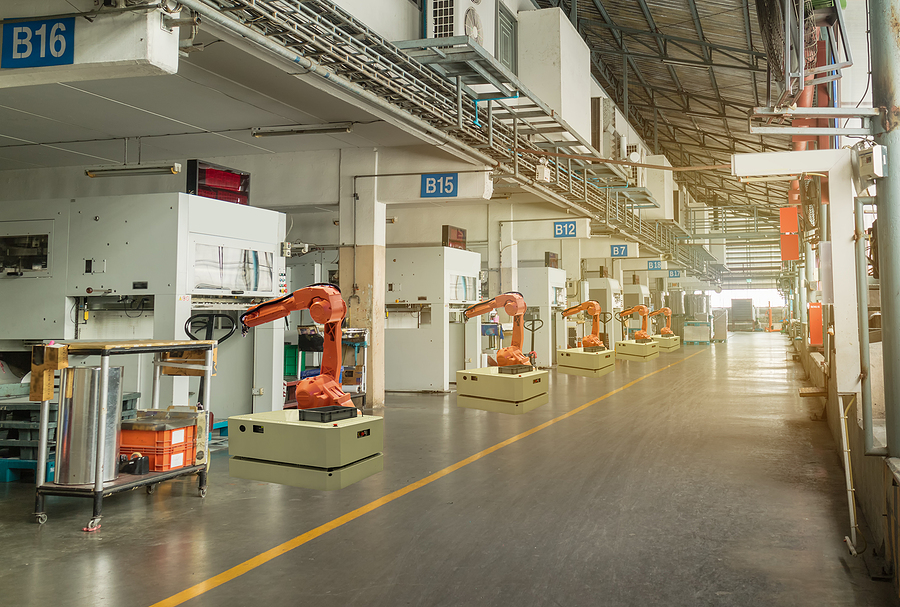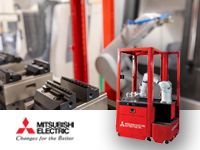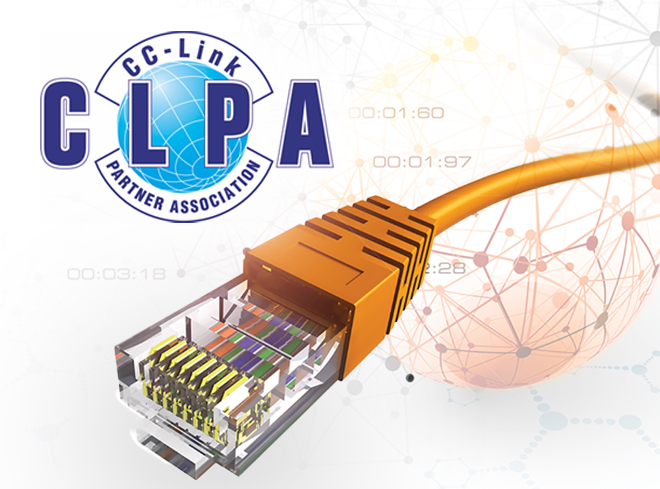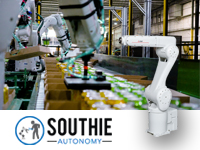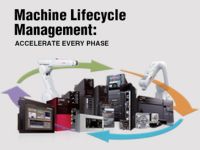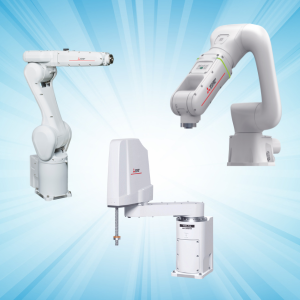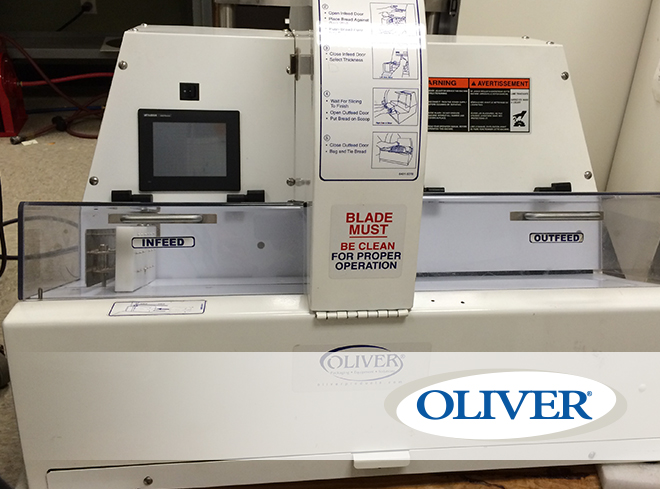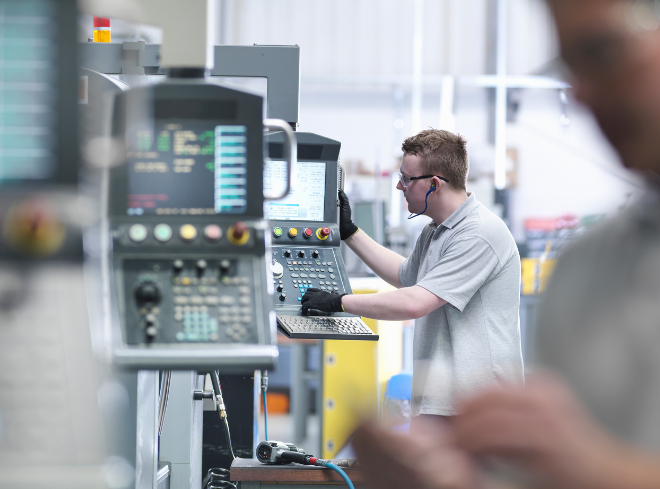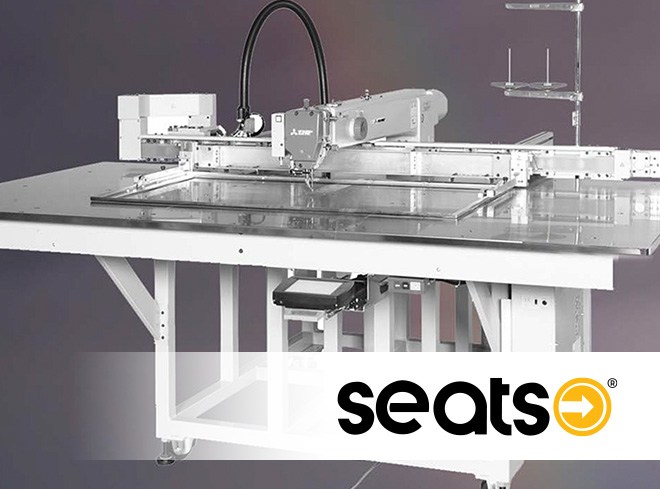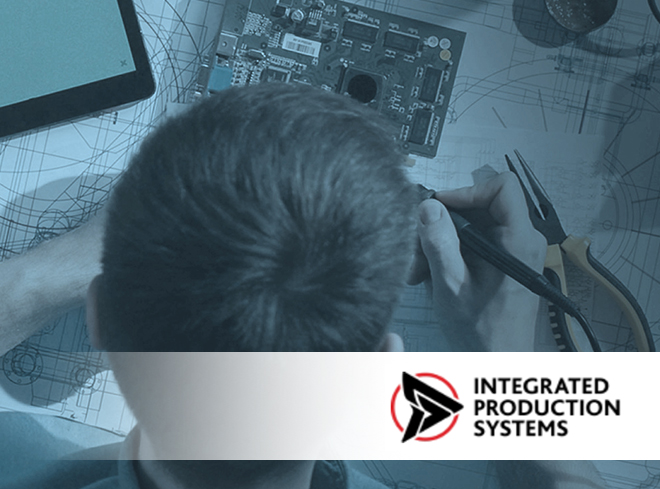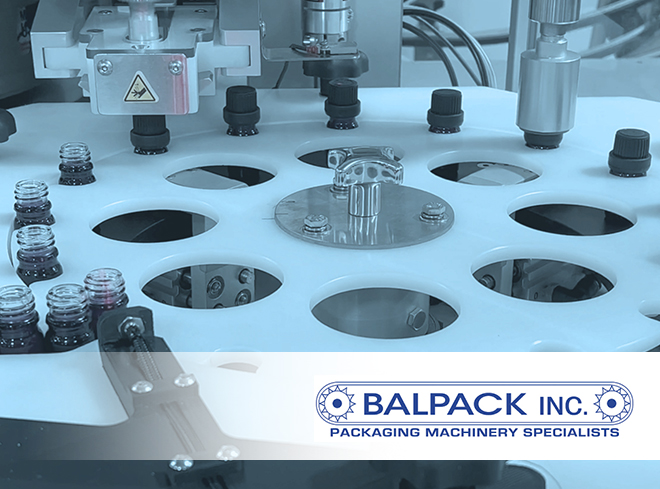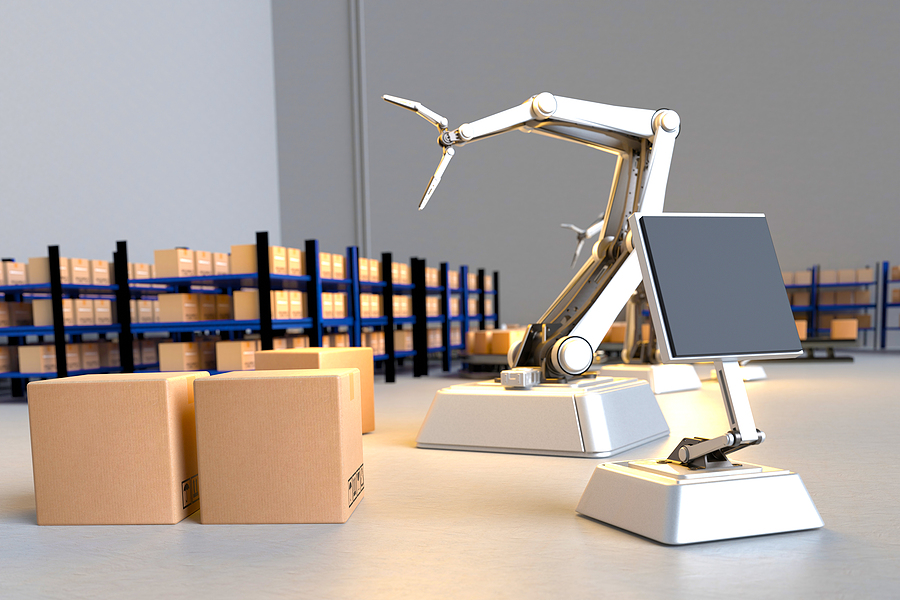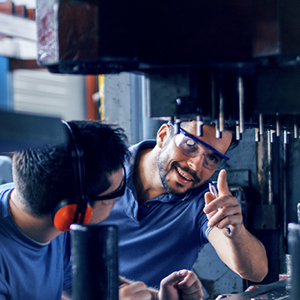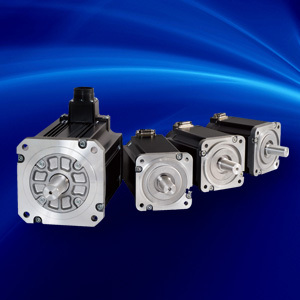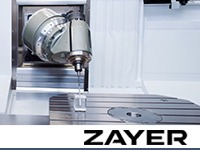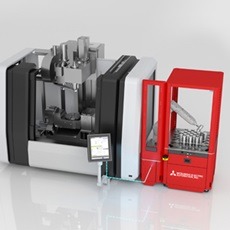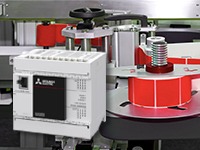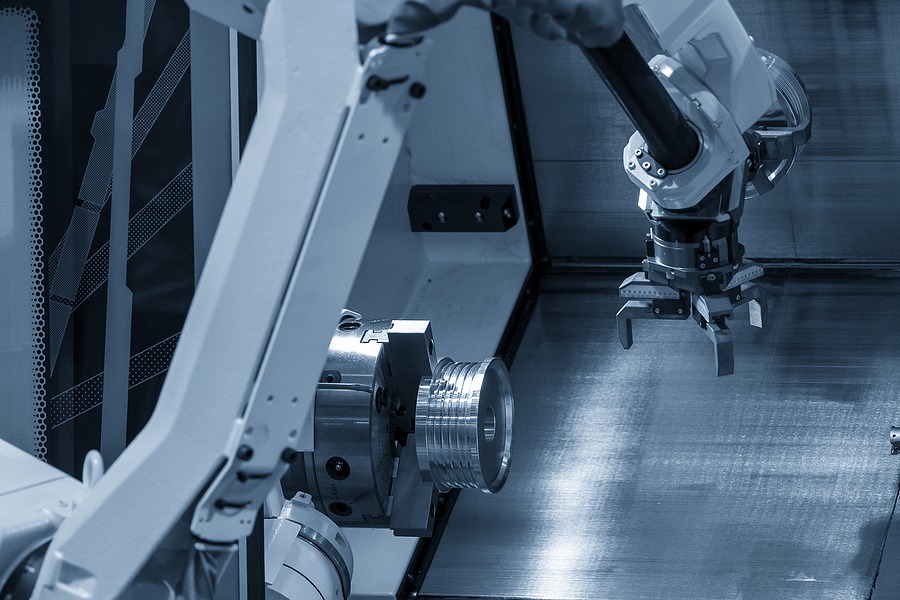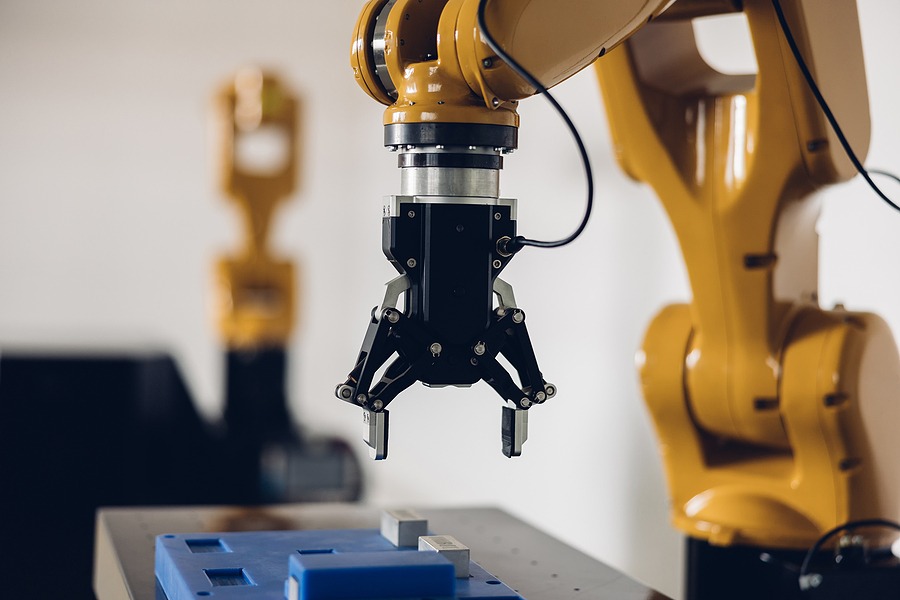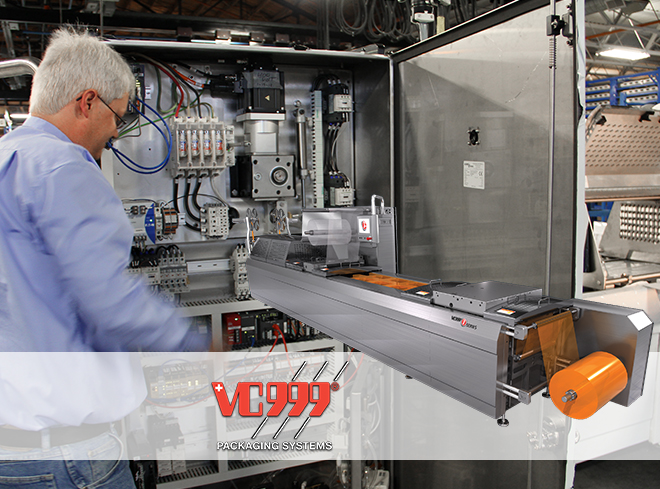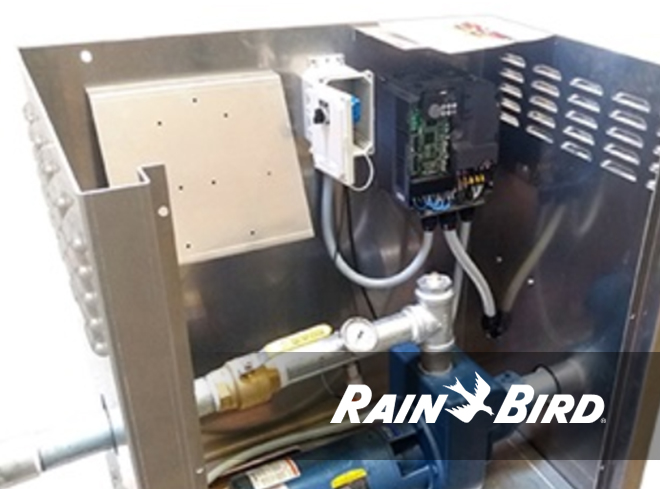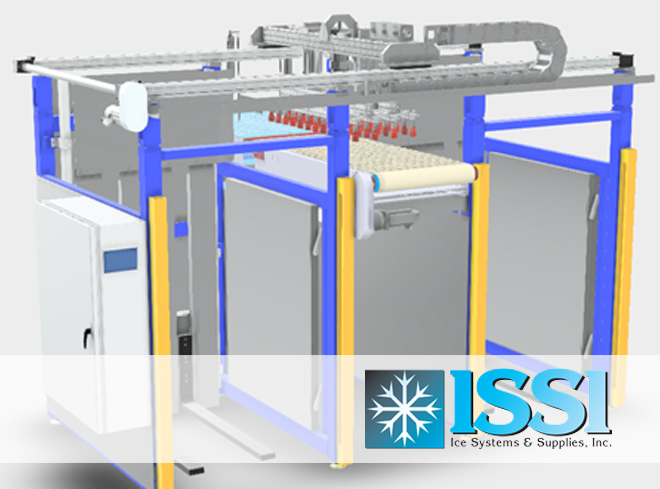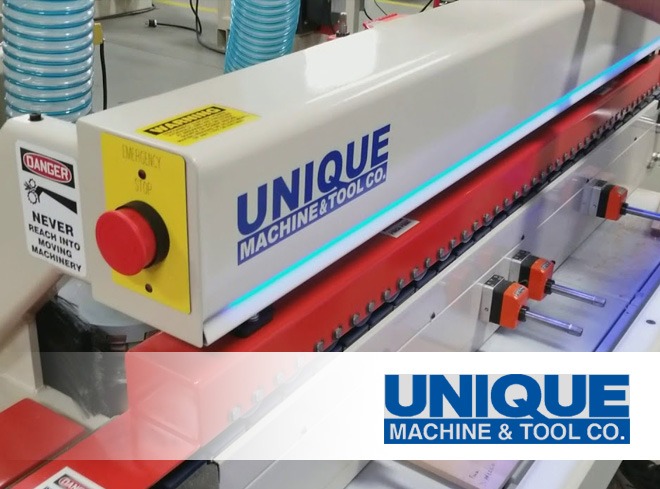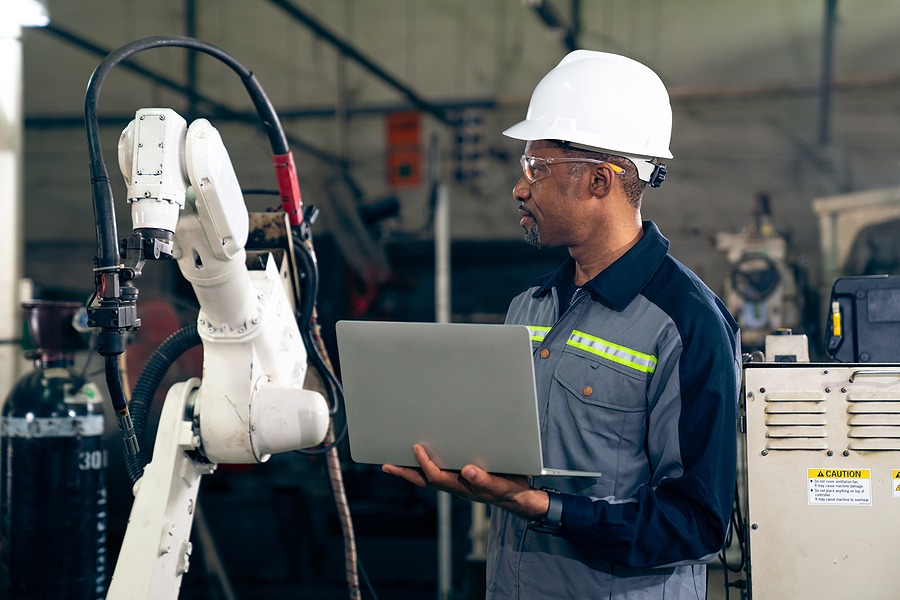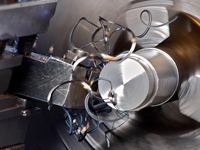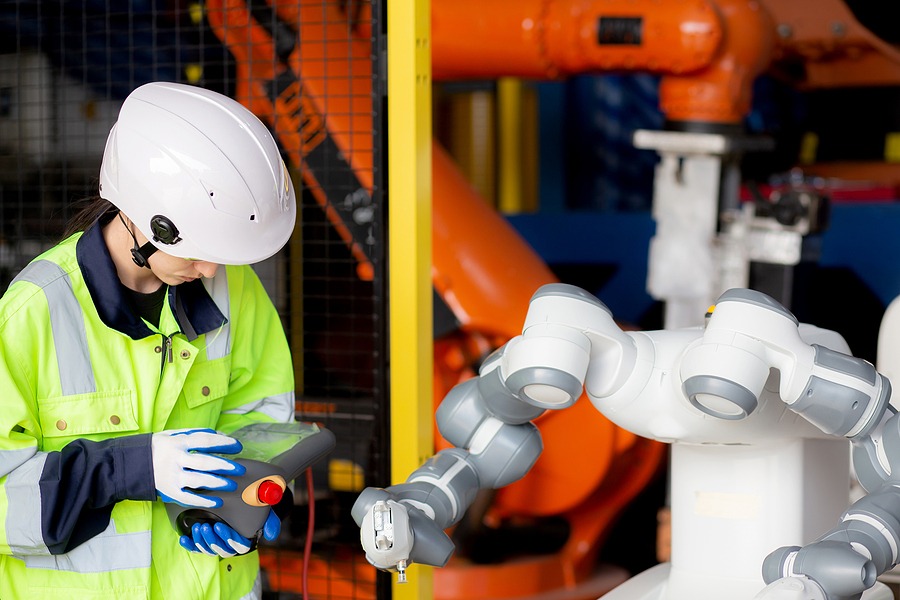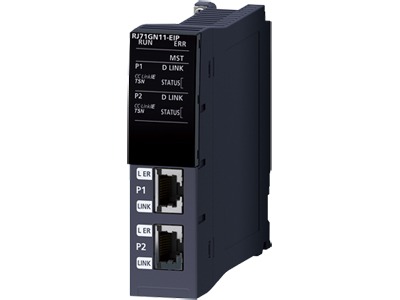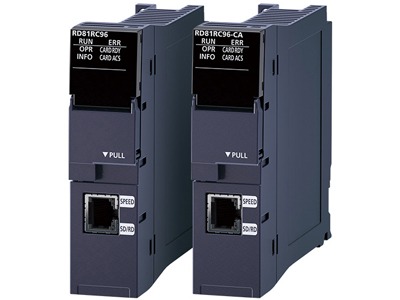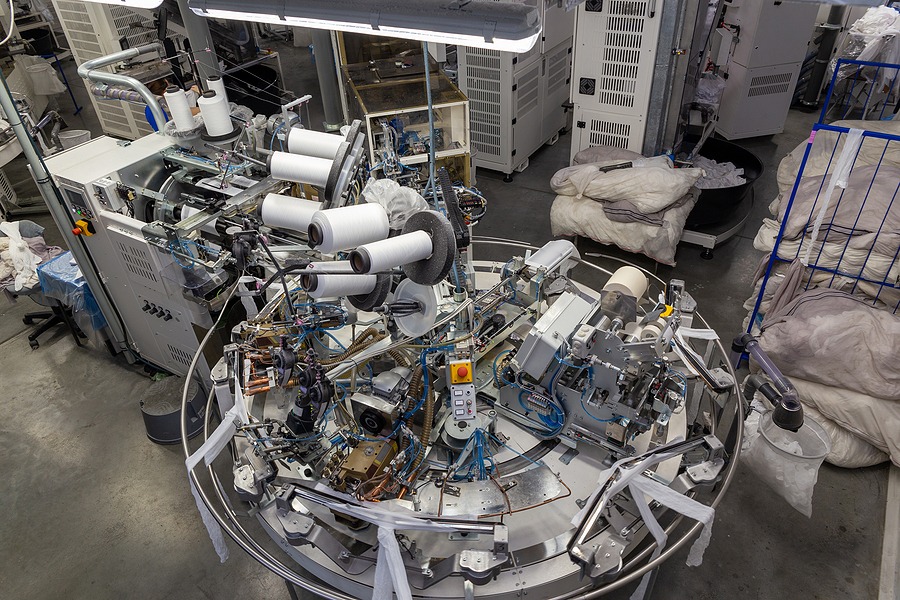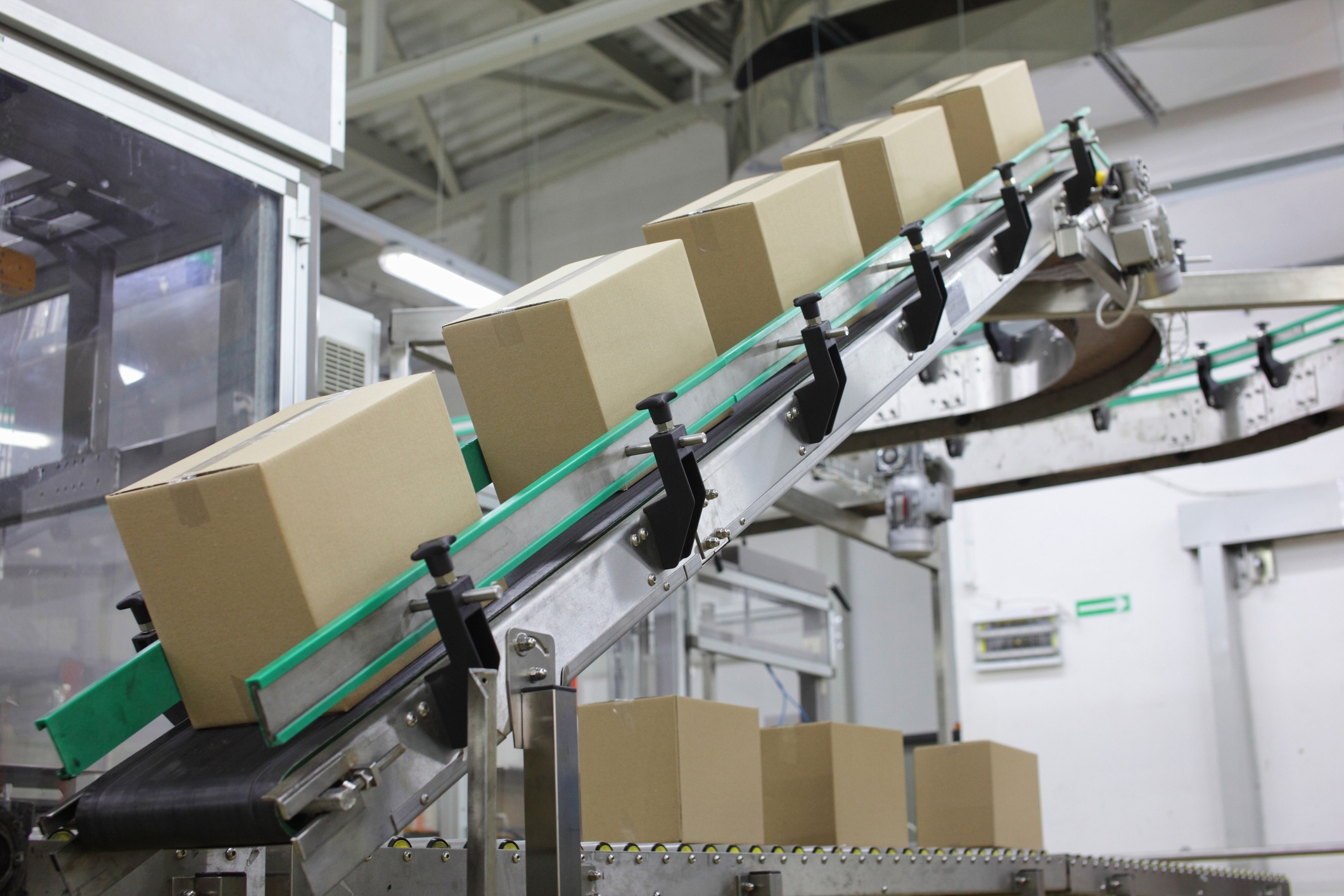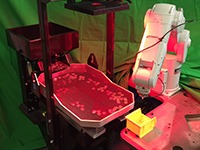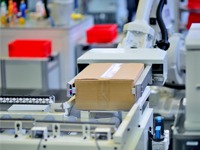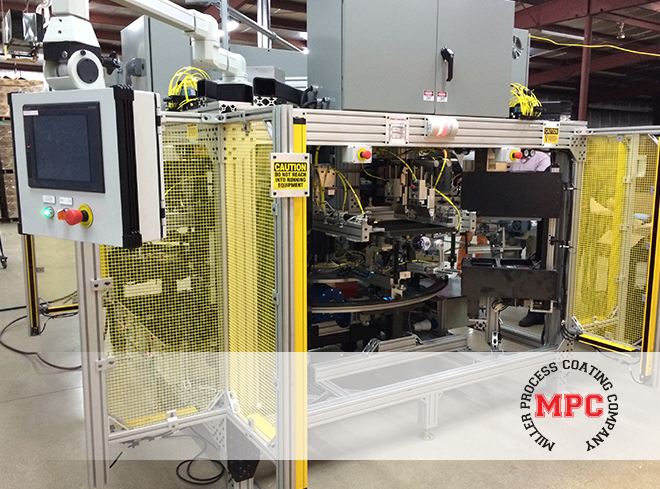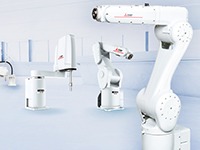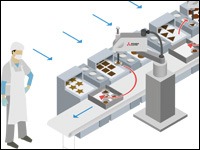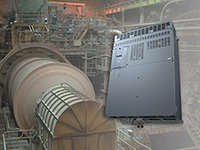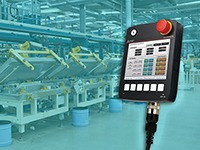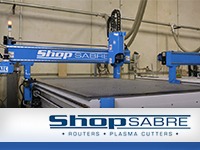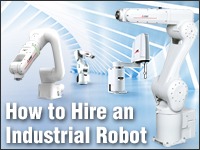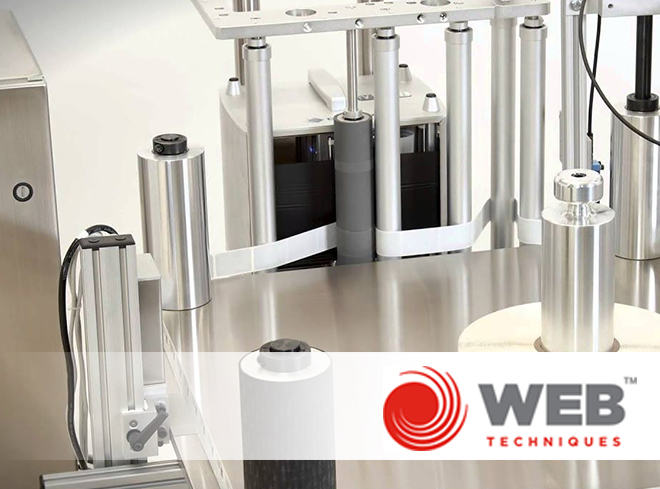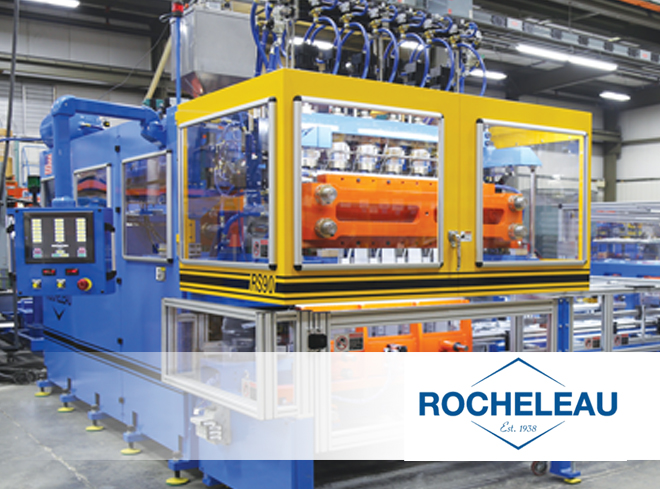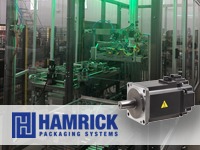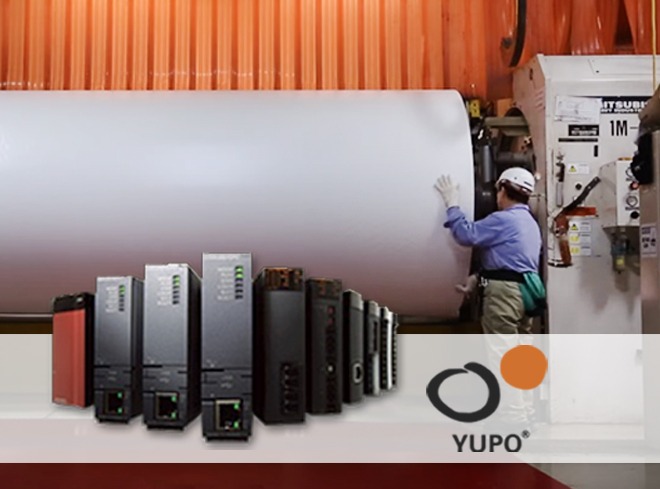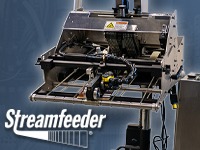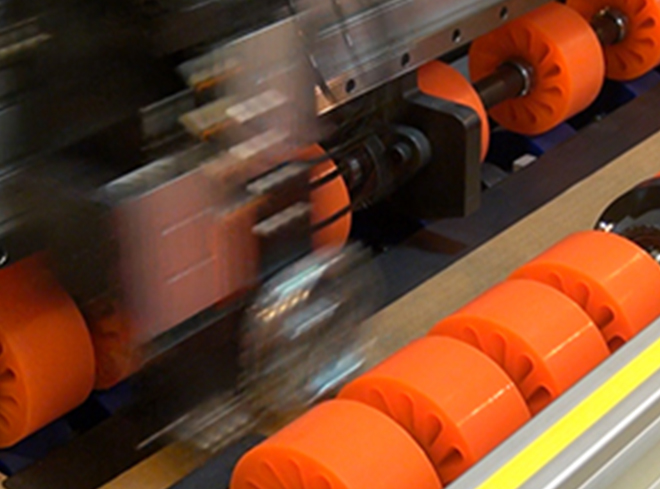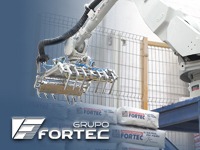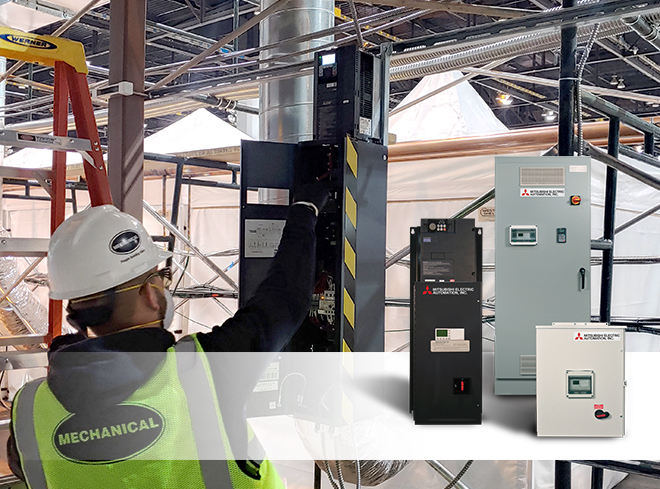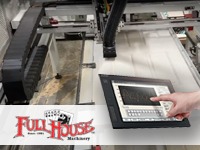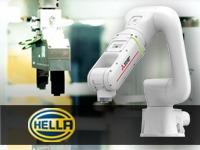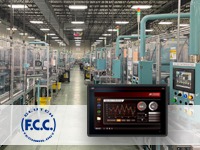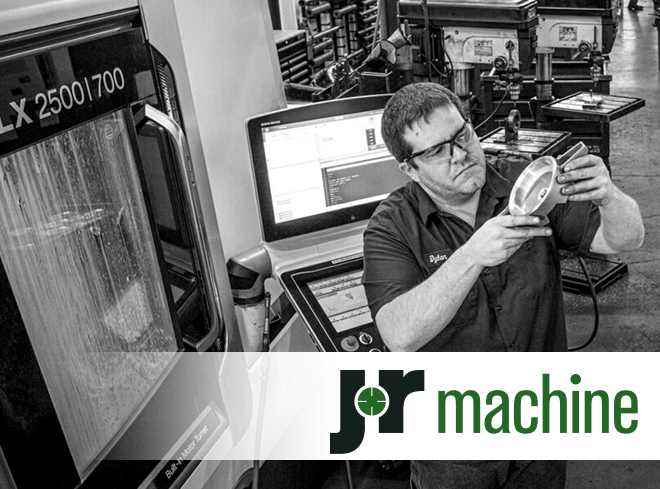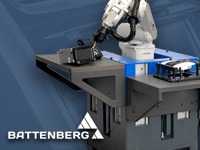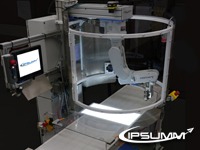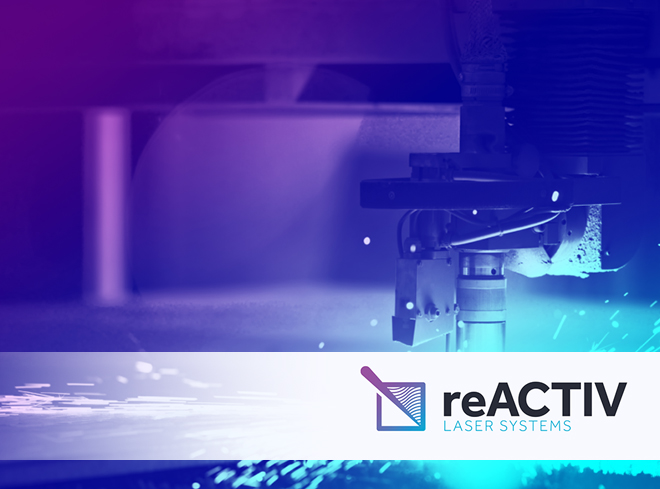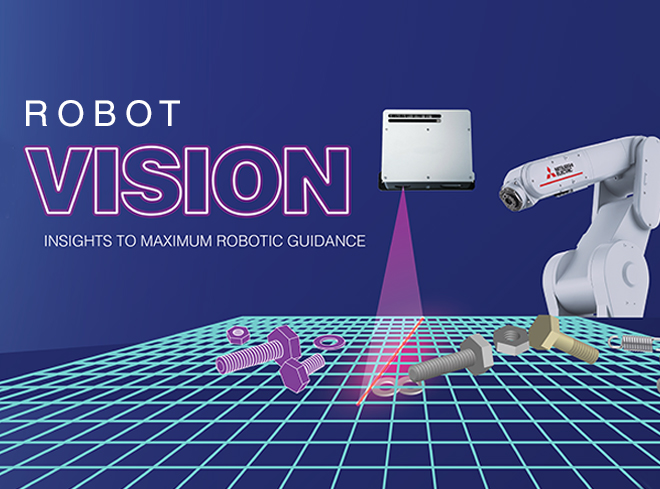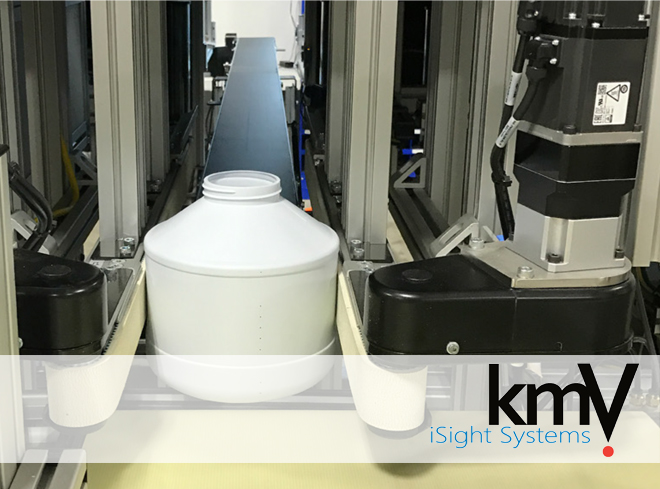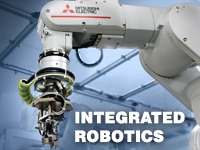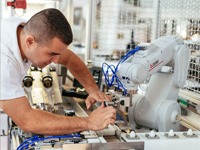
Preventative and predictive maintenance software helps manufacturers avoid downtime due to machine failure or malfunction.
If It Ain’t Broke: The Power of Preventive and Predictive Maintenance
In an increasingly competitive market, today’s manufacturers are striving to increase production, streamline operations, and reduce costs. One important factor that can determine their success or failure is the amount of unexpected downtime they experience due to machine failure or malfunction.
Downtime costs a lot. In fact, Deloitte estimates it costs industrial manufacturers about $50 billion per year. Beyond actual dollars lost, the cost of unexpected downtime includes the time and manpower it takes to resolve downtime issues and the negative hits to a manufacturer’s reputation and customer satisfaction.
Reducing or even eliminating unexpected downtime requires a proactive approach to machine and equipment maintenance. Reactive maintenance, which is simply fixing a machine when it malfunctions, is no longer sufficient if manufacturers want to meet production quotas and stay competitive. The statistics are clear:
- Organizations that rely heavily on reactive maintenance experienced 3.3 times more downtime and 16 times more defects. (NIST)
- Businesses spend an average of 80% of their technician’s time on reactive maintenance. (MaintenanceX)
- As much as 40% of an organization’s operational budget can be spent on poorly managed maintenance schedules. (Process Worldwide)
Today, preventive maintenance and predictive maintenance strategies are helping manufacturers stay up and running.
Preventive Maintenance: Scheduled for Success
Preventive maintenance is designed to head off the potential problems that can occur through day-to-day operation. As machines run, belts get worn, gears slowly degrade, lubrication breaks down, and other components deteriorate over time.
With a preventive maintenance strategy, manufacturers regularly service machinery and equipment based on the amount of use they get over a period of time. For instance, an industrial robot in a factory setting might have a lifespan of 24,000 hours. But within that lifespan, a manufacturer would be expected to service the robot on a recommended schedule, such as every 6000 or 10,000 hours – including replacement of belts, CPU batteries, air filters, and so on – to keep its components working correctly.
Ignoring scheduled preventive maintenance puts an entire operation at risk. Running a machine, especially a complex one like an industrial robot, until it breaks down is almost certain to create a lot of unexpected downtime. And even before the machinery stops functioning, it is likely to produce errors that affect product quality and possibly workplace safety.
By following a formal preventive maintenance program, you can increase the life of your machinery and equipment. You’ll have less unexpected downtime, more consistent equipment performance, and be able to achieve more predictable production schedules.
You’ll also have fewer repair costs and lower overall operation and maintenance costs. According to American Machinist, conducting regular preventive maintenance can save a business 12% to 18% in total maintenance costs. MaintenanceX has also found that every dollar spent in preventive maintenance could save up to five dollars of costs on the back end.
Predictive Maintenance: Using Data to Ensure Uptime
Another smart approach to keeping machinery in good repair is predictive maintenance. Like preventive maintenance, it is a proactive strategy that focuses on resolving equipment issues before they escalate or cause an actual breakdown.
Predictive maintenance goes a step beyond preventive maintenance through its use of advanced data analytics and, in many cases, artificial intelligence (AI). A predictive maintenance system typically involves a number of sensors or built-in monitoring software, along with analytics that can determine equipment condition in real time and alert administrators when conditions are close to becoming dangerous or unstable.
A smart manufacturing system can monitor the service life of a ball screw, conveyor belt, or gear, for instance, using sensors and software. It collects data on the health of the equipment and compares it to pre-set target ranges for optimal performance. The system will be able to detect when the component isn’t operating within target, and can use analytics to gain actionable insights about future likelihood of failure. It would then notify human operators about the issue, and offer up recommendations about what should be done to mitigate the problem.
This helps manufacturers address issues and resolve them before failure ever occurs. Replacing a gear that’s getting worn takes much less time and effort than troubleshooting a machine that’s broken down.
The sophisticated technology required for predictive maintenance and analytics might be part of the reason only 41% of manufacturers have currently adopted it as their primary approach to maintenance. Most manufacturers – 80% of them, according to Plant Engineering – still favor a preventive maintenance strategy.
However, the benefits of predictive maintenance are compelling. Research by McKinsey has found that predictive maintenance can reduce machine downtime by 30% to 50%, and increase machine life by 20% to 40%.
- Robot Diamond Assurance™ Preventive Maintenance Plan
- MELFA Industrial/Collaborative Robots
- MELSERVO-J5 Series Servo Amplifiers

By following a formal preventive maintenance program, you can increase the life of your machinery and equipment. You’ll have less unexpected downtime, more consistent equipment performance, and be able to achieve more predictable production schedules.
Mitsubishi Electric Helps Reduce Unexpected Downtime
At Mitsubishi Electric Automation, Inc., we believe that both preventive and predictive maintenance strategies can be critical to the elimination of unexpected downtime. Whether you pursue one strategy over another or combine them for an all-around maintenance plan, we offer products and solutions that help ensure your success.
Personalized Preventive Maintenance through Robot Diamond Assurance
When you purchase industrial robots through Mitsubishi Electric, you have the option of joining our Robot Diamond Assurance program. This maintenance program delivers customized preventive maintenance schedules based on your unique manufacturing environment and applications. A team of Mitsubishi Electric engineers work with you to discover how the robots will be used and then provide you with the best preventive maintenance schedule for your needs. The team will then visit you every year after that, to ensure that the equipment is still working at peak performance. They can also revise your personalized preventive maintenance program if the environment or robot applications have changed. Additional plan features include a five-year on-site labor warranty that comes with the program, priority phone and on-site support, and a free copy of the RT Toolbox programming software. To learn more about Robot Diamond Assurance, click here.
Advanced Predictive Maintenance with MELSERVO J5 Servo Drives
Our MELSERVO-J5 servo drives enable factory automation and allow you to get more out of your machines and equipment. They come with a built-in, patented Failure Prediction feature, which uses predictive maintenance and AI technology to provide advance warning of potential breakdowns or malfunction of various components. The feature doesn’t require any additional installation or programming, and the autonomous data analysis is performed by Maisart, a proprietary Mitsubishi Electric brand of AI technology.
Automation Solutions Ingredients
Learn more about how Mitsubishi Electric Automation products can help you reduce or even eliminate unexpected downtime for your machines.
Work with Us and Succeed
We love our customers and the challenges they bring to us. We also like to let our customers shine by discussing how we worked together to solve their biggest challenges. If you have a challenge that needs to be solved and would like to be our next BIG success story, reach out to us and let’s connect!

